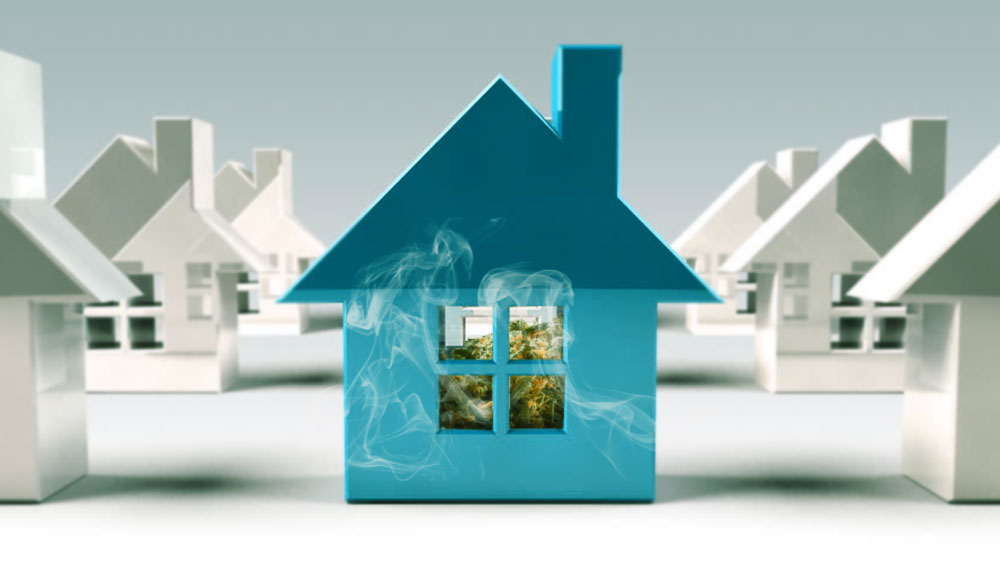A new study from Ottawa has found that cannabis stores are more concentrated in low-income neighbourhoods in Canada and private stores are closer to schools than government-run stores.
The study, done by the Ottawa Hospital, the University of Ottawa and the Bruyère Research Institute, examined 260 retail cannabis stores that have opened in the first six months of legalization.
It used government websites to create a comprehensive list of these dispensaries, which exist either in a private store model, government-run, or a hybrid between the two.
The study found there were twice as many cannabis stores in neighbourhoods with the lowest income quintile compared to ones with the highest income quintile, regardless of whether they were private or government-run. The study looked at neighbourhoods within one kilometre of a cannabis store.
This is consistent with how retail systems have rolled out in the U.S., according to the study, such as in California and Colorado, and could be due to lower rent in those neighbourhoods, or higher demand there.
That is where the similarities between government and private run stores end, however.
Government-run stores vastly outnumbered
The cannabis industry seems to be following trends in the alcohol industry, with private retailers more widely available than government stores.
Jurisdictions with a private or hybrid retail model had 49 percent more stores per capita than those with government-operated cannabis stores, the study found. When Ontario is excluded, that figure jumped to there being 279 percent more private/hybrid stores per capita than government-run stores.
Private/hybrid stores were also open 9.2 hours per week longer than government-run stores, and were located 167 metres closer to a primary or secondary school than government stores — 577 metres versus 744 metres.
These distances are still well beyond government rules for proximity to schools. In Ontario, dispensaries have to be at least 150 metres away from a school, while in Quebec it is 250 metres, except in Montreal.
There are currently 181 private stores, 55 government stores and 24 stores in the hybrid retail system in Canada.
So what can we make of these results?
The study says they both could help or be a detriment to legalization’s goal of eliminating the illicit market and preventing use by youth.
While more legal stores could be a good way to tackle the illicit market, cannabis could follow the same trends as the alcohol and tobacco industries, where increased access has led to higher use.






Dave August 15, 2019 at 9:37 pm
Has there been a comparison between population density, income levels, and weed stores? From my experience, high income neighborhoods are solo houses of considerable value, and usually with a corresponding footprint. It would not make sense to open a weed store in the Bridle Path area because the population density is so meagre.